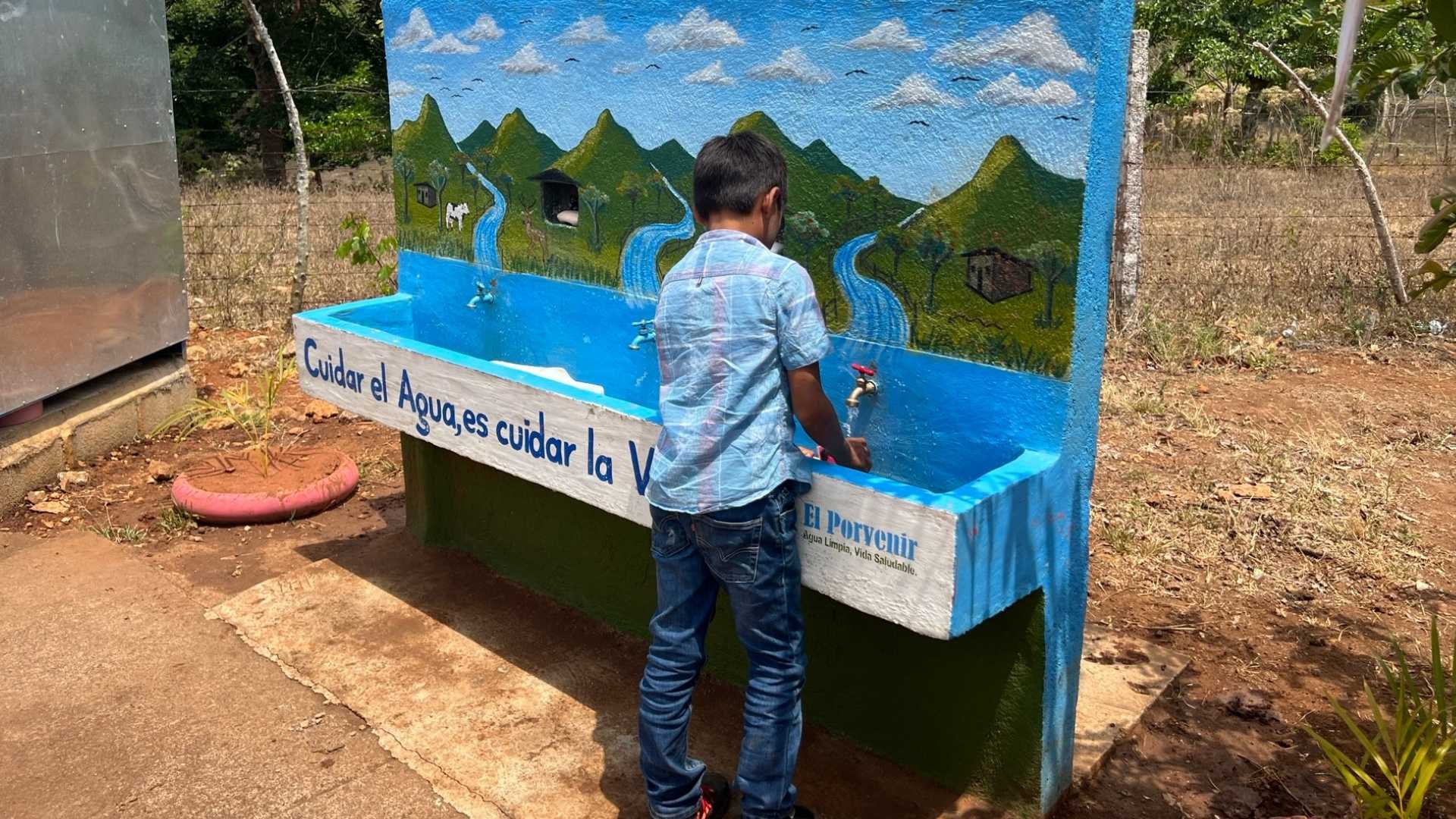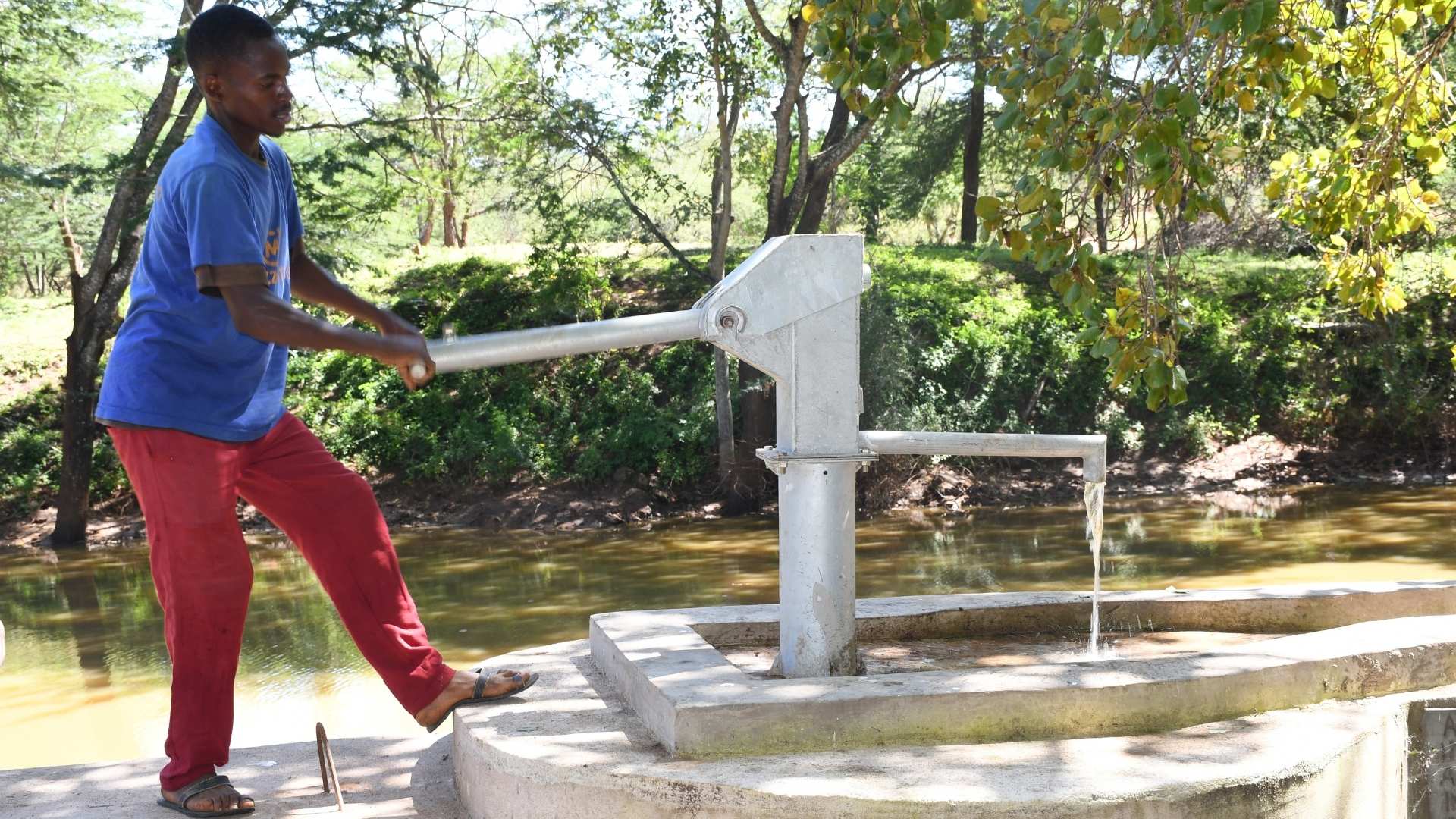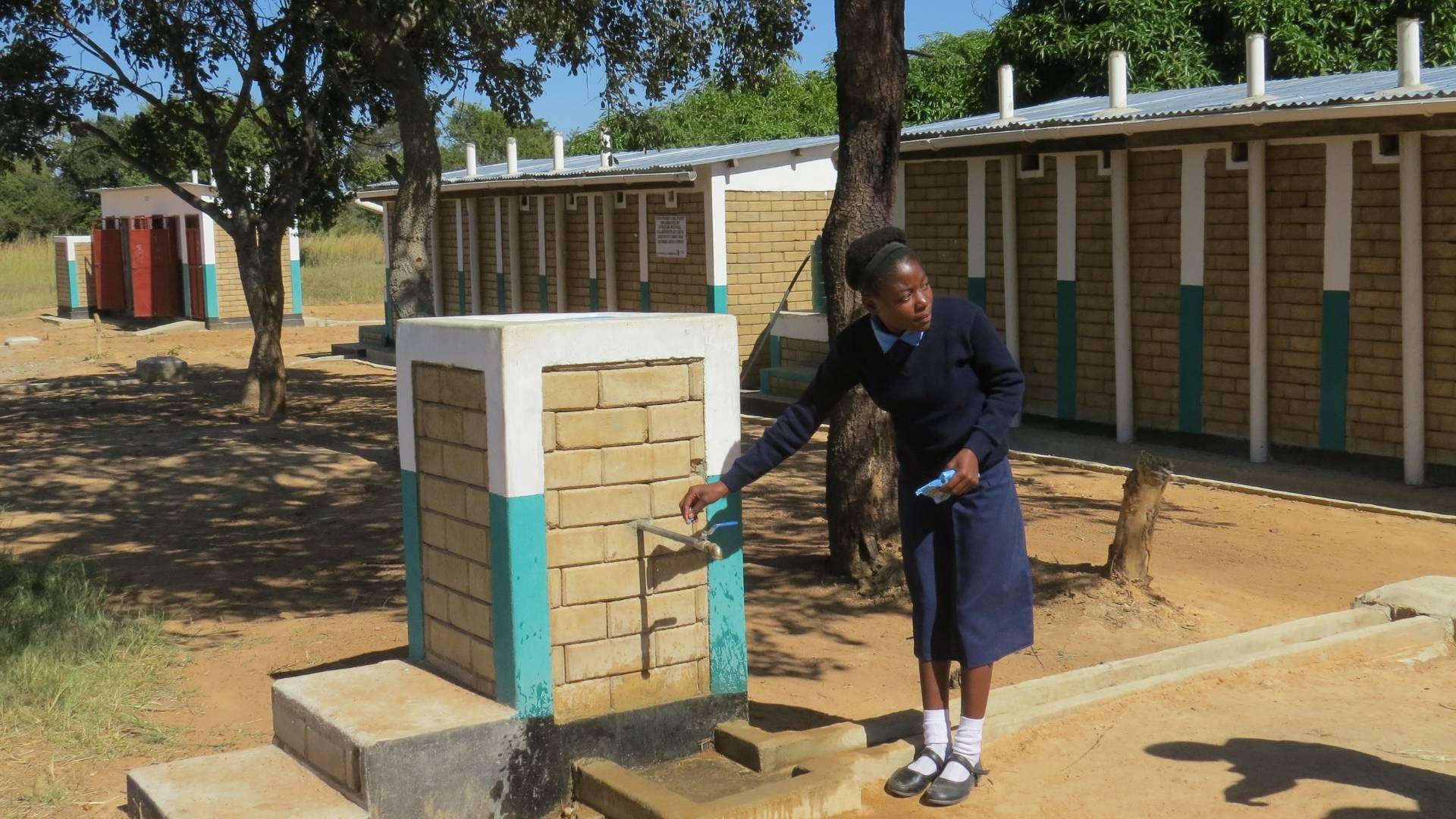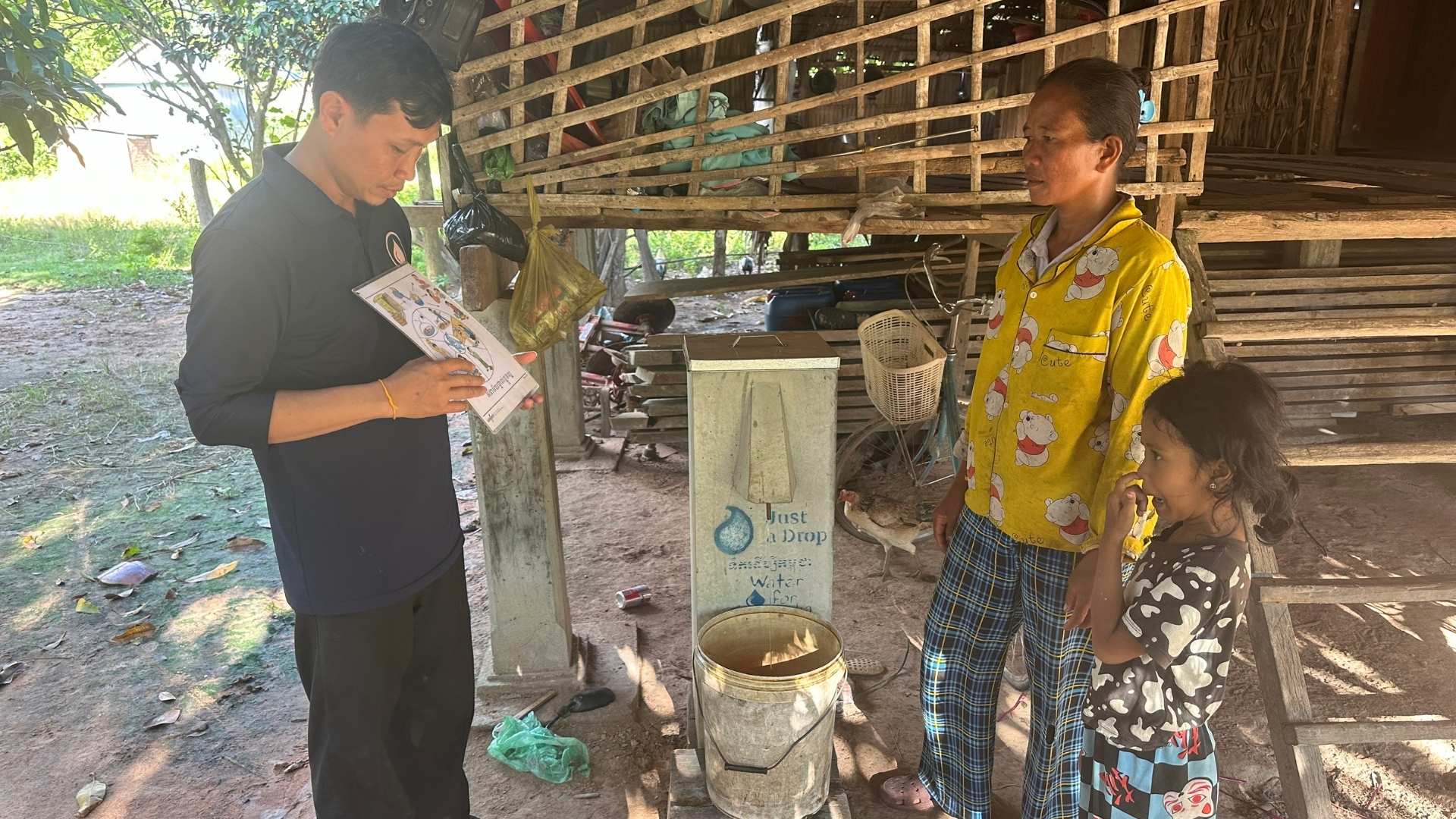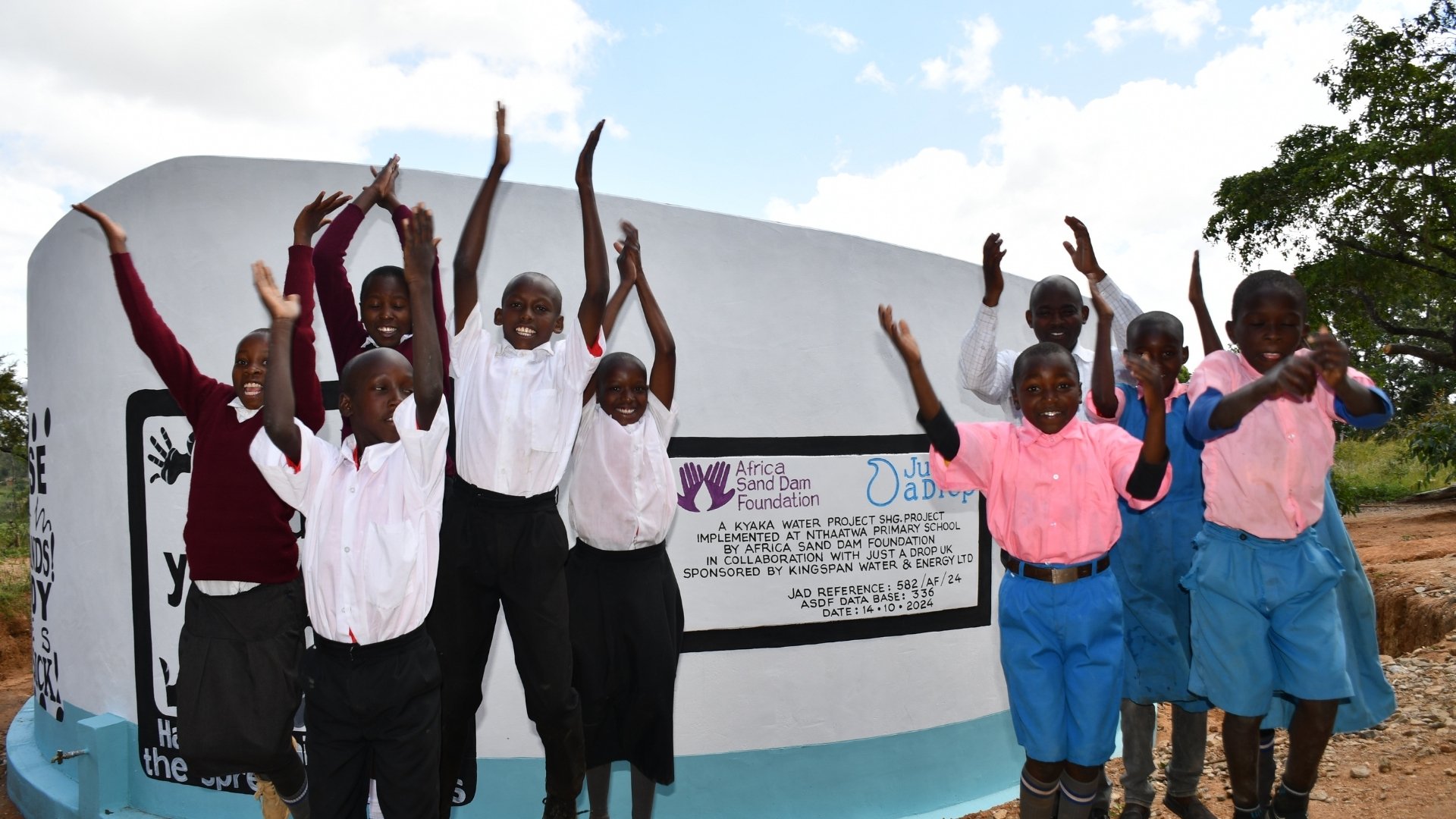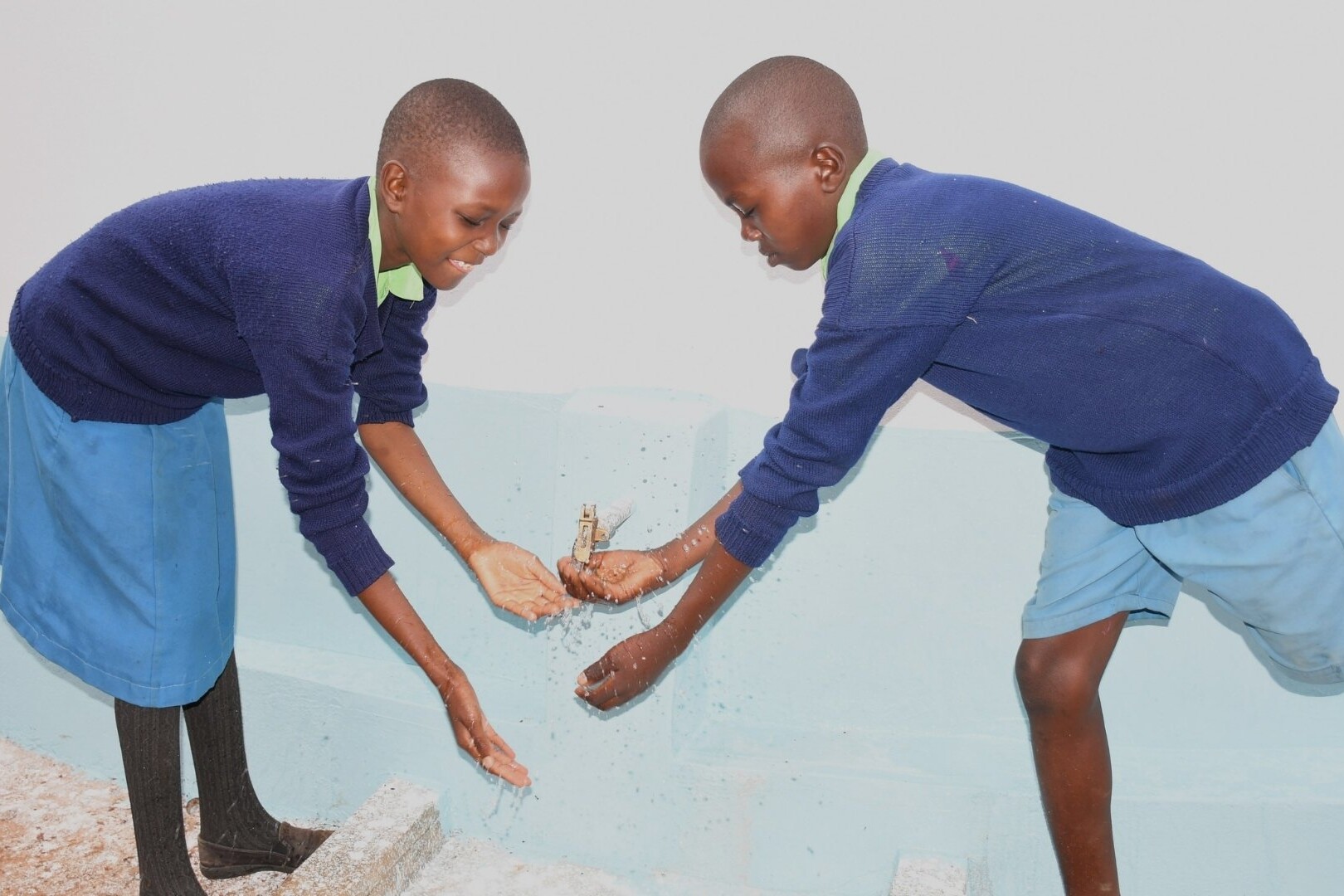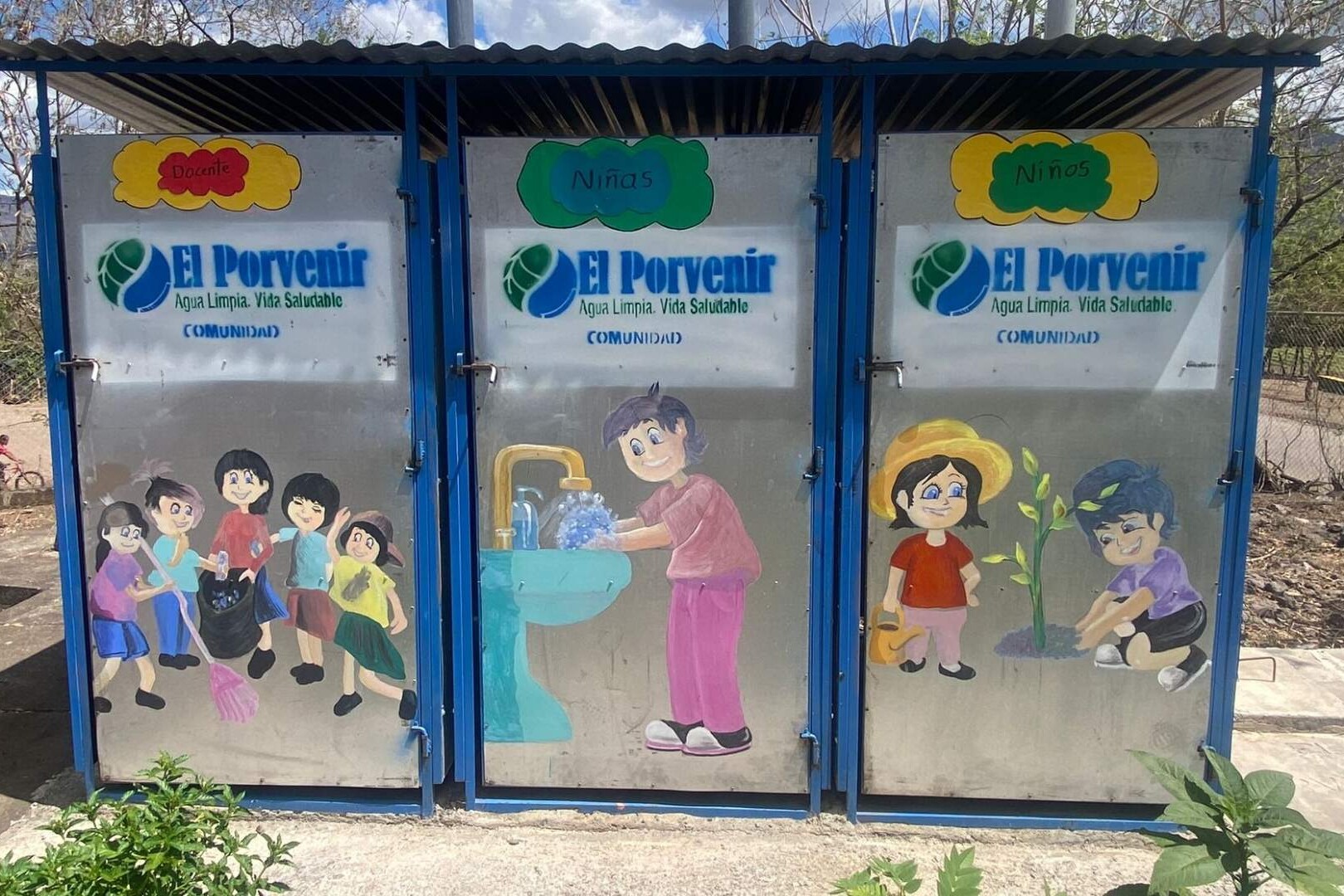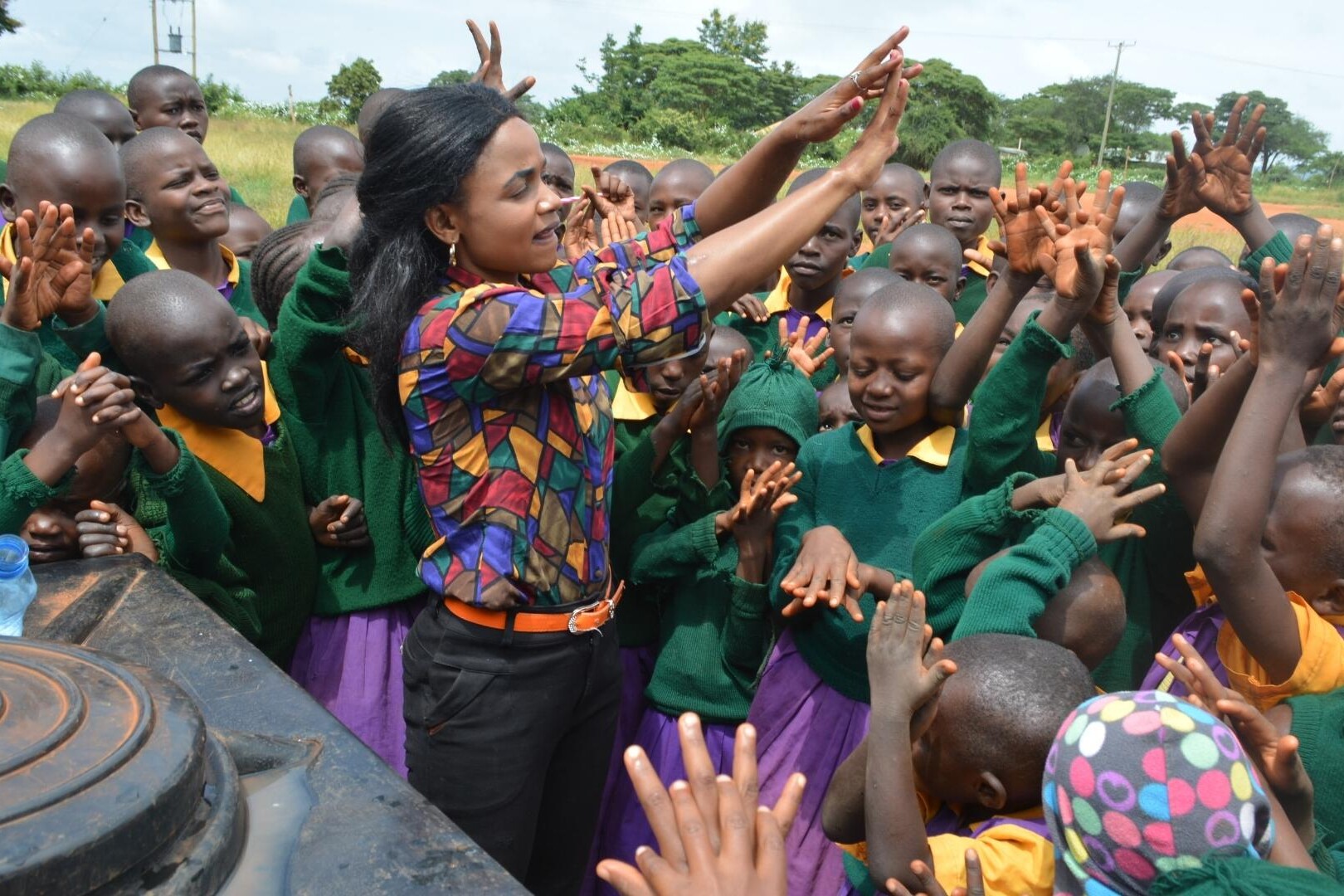Just a Drop’s Solutions
Our water, sanitation and hygiene solutions take into account each community’s needs, culture, and existing local structures, local water availability, geography, infrastructure, and economic conditions.
Water, sanitation, and hygiene solutions are identified with communities, country partners and local government, to decide which will best address the community’s specific needs.

Safe Water
From boreholes to sand dams to biosand filters, we have a fitted safe water solution for every environment.

Sanitation
With communal and household latrines, as well as proper waste disposal training, communities are equipped to improve local health and wellbeing.

Hygiene
Hygiene education, handwashing facilities, and soap making training bolster sanitation work to further ensure better health and reduced illness.
Our solutions in action

What is WASH?
'WASH' stands for Water, Sanitation, and Hygiene. All three areas together improve health, reduce poverty, and lead to sustainable development. These three factors are highly dependent on each other...
Safe Water
Without safe water, neither hygiene nor sanitation are possible. Safe water allows communities to stop having to walk for hours a day to fetch water and reduces sickness. This in turn means people are more able to work and study.
Sanitation
Adequate sanitation together with good hygiene practices are necessary to keep water clean and uncontaminated. Good sanitation means that communities’ environments and living conditions are safe and will not cause sickness.
Water
Read more about our tailored safe water solutions, specifically designed to suit the local environments and communities where we work.
Sanitation
Our sanitation solutions ensure continued health and prosperity long after our projects are completed.
Hygiene
From handwashing facilities to comprehensive training, we ensure that communities have the tools to maintain reduced illness rates and better health for all.
Countries
Read more about the countries we work in and the solutions we employ in each of them.

Make a difference
Can you help to support people around the world with safe water, sanitation, and hygiene? Give once or on a monthly basis to be a change-maker.
